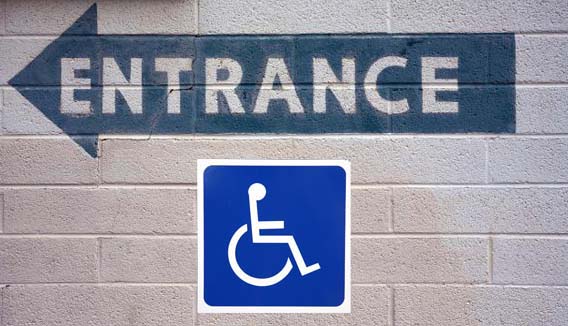If you’ve ever thought about starting your own online store; the thought can be overwhelming.…

Information Design Supports Public Education
A follow up to our article, What’s Information Design? And Why Should You Care? This article identifies the connection between information and design and the ways both educate the public.
How Does Information Design Support Public Education?
When information is organized either graphically or through a sequence of steps; viewers recognize a pattern that help them interpret the data. The benefits of information design can be found all around us, and quite often in ways that educate the public. Here are a few examples:
- Environmental graphics. Think about a symbol or sign that tells viewers the entrance is here, or this area is wheel chair accessible. The graphic is immediately understood and easily recognizable.

- Instructions. A series of numeral instructions is also a form of information design, the form is laid out to follow a sequence of steps to guide users through a particular task.

- Museums. Patrons follow a chronological story by unraveling historical events which occur within a specific period in time. The structure of how information is presented through the design, engages patrons intentionally by making them feel a part of history.

By simplifying complex information into a visual hierarchy, viewers comprehend the data more quickly. Therefore, how information is presented is really essential. It’s literally the visual elements that support how information and design come together. But more importantly, information design conveys the information when it’s needed, and at the time people need to know. One more example.
-
Chart Design. Information design can be seen in social media posts where factual content is presented as a visual. Often this visual represents a chart, and the graphic delivers a snapshot in pictures and text that graphically enhance financials.

While this article shares some thoughts on how to use information design to boost your reader engagement; another article shares 5 Tips To Support Reading Web Content, discussing how text can be structured for better readability.




This Post Has 0 Comments